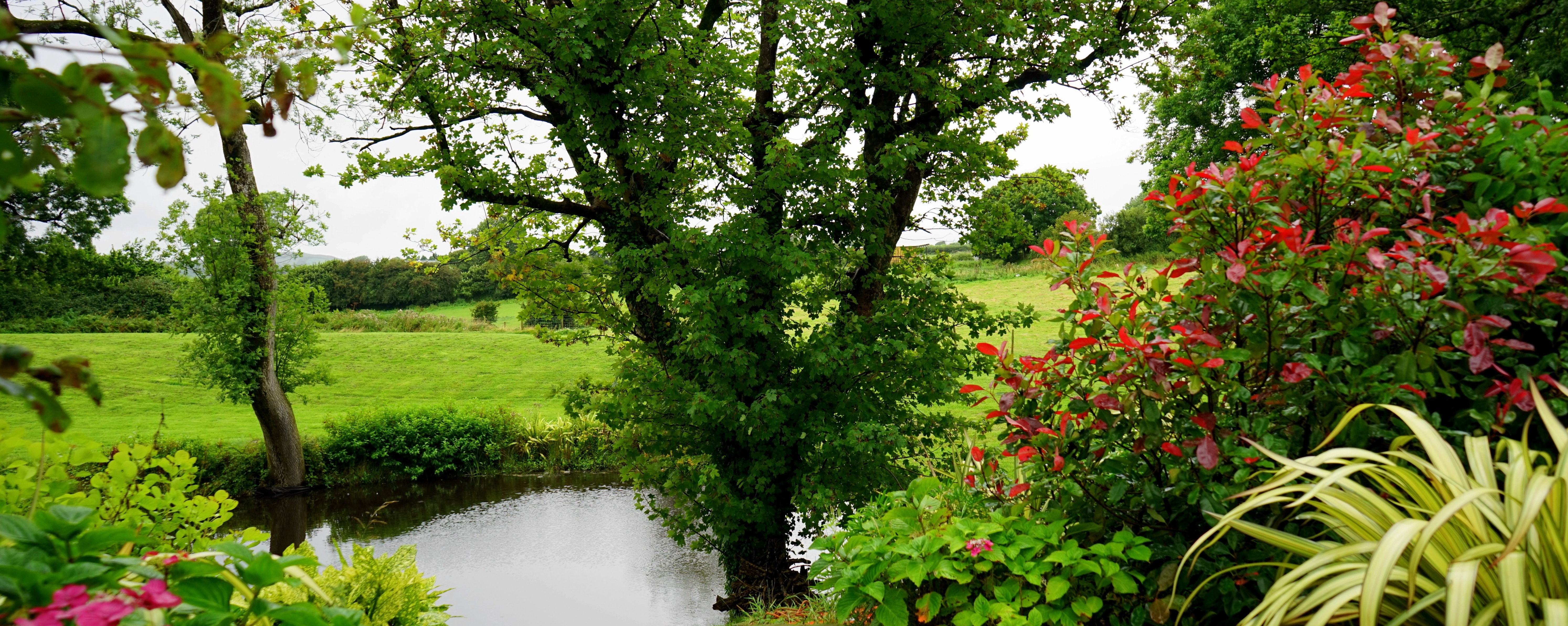August 17th, 2020Glen about the house
This past week, the stars were aligned for one of my favourite times of the garden year…the time of rejuvenation and reproduction of most perennial plants. And this year the rains came at the right time and in sufficient quantity to ensure the soil was moist and friable for the job.
And then the sunny side of the dreaded COVID-induced solitary confinement, a golden opportunity for a few hours of exercise and mild mental stimulation.
A great number of our favourite perennial plants don’t rely on the “birds and the bees” and seed production to multiply. They either produce bulbs or tuberous root systems or, as with most herbaceous varieties, produce young plantlets either attached at the base of the main stem or at intervals along adventurous ground-hugging stems. As with the colourful, pink flowering “elephant ear” bergenia cordifolia, pictured above right, or a free-flowering sturdy plant ideal for garden edges or as groundcover. These produce thick fleshy stems that produce roots and plantlets at sufficient intervals, to ensure the new growths don’t crowd out the parent.
One task last week was to duplicate a line of bergenia along an edge of a grassed area. My main achievement though was to lift and divide three single clumps of various-coloured dwarf agapanthus.
If you know anything about agapanthus you will know that they grow into a fleshy, many-stemmed clump atop a tangled mess of fleshy roots. Unlike the other more sedate perennials which produce dainty little replicas around and adjacent to the main root system, all easily removed intact, these beasts require the services of an axe, or at least a large, sharp knife (in my case, a rusty old pruning saw) to divide the various growths. Remember to carefully leave sufficient roots for the survival of each segment.
I am relieved to report that my garden is now richer to the tune of a dozen new plants. Hopefully the rains will continue long enough to see them well and truly established by Spring’s end. Last year’s efforts saw a huge variegated New Zealand flax morph into seven new plants.
Now, for the easy part – the salvias, Shasta daisies, water iris, dwarf Californian iris, etc. All of which will be lifted on a garden fork and pulled apart. The tired parents retire to the compost heap and the sprightly new plantlets return to the bed.
Layered progeny
My next target is my large flowering quince, chaenomeles, pictured below right, is Winter Cheer, which has produced two healthy offspring by natural layering without my help.
Quite a few plant species will naturally extend a low branch either on or just under the surface of the soil and produce suckers for planting elsewhere.
Carefully dig around the base of the plantlet, sever the connecting root on either side and plant it out either in the garden or into a pot. Take care to water the plant regularly until it produces healthy, strong new growth. You can encourage most woody shrubs to “layer” by selecting a low-growing branch and pegging it down into a shallow depression in the soil.
First, strip enough leaves from the stem, leaving about 4-5cm from the tip. Scratch the bark from a small area that will be at the bottom of the depression and peg the stem down firmly using bent wire pegs. Thickly cover the area with mulch or compost and keep it well watered. Once any Spring growth is strong enough to convince you that it has taken root, carefully remove the soil and sever it from the parent plant. But be sure it has sufficient root growth for survival before you make the cut.
Got a gardening question? Ask Glen. Email glenzgarden@gmail.com










